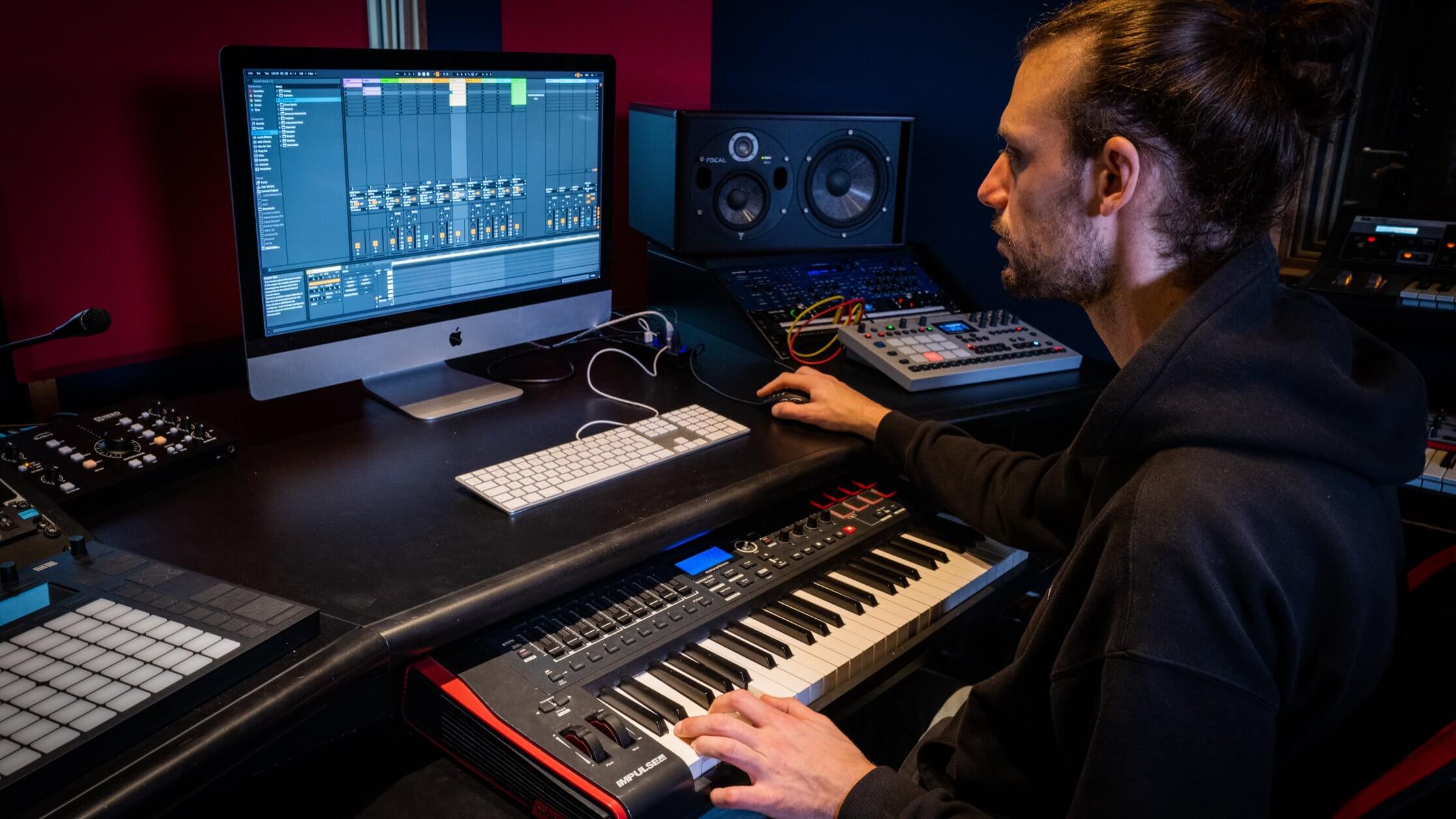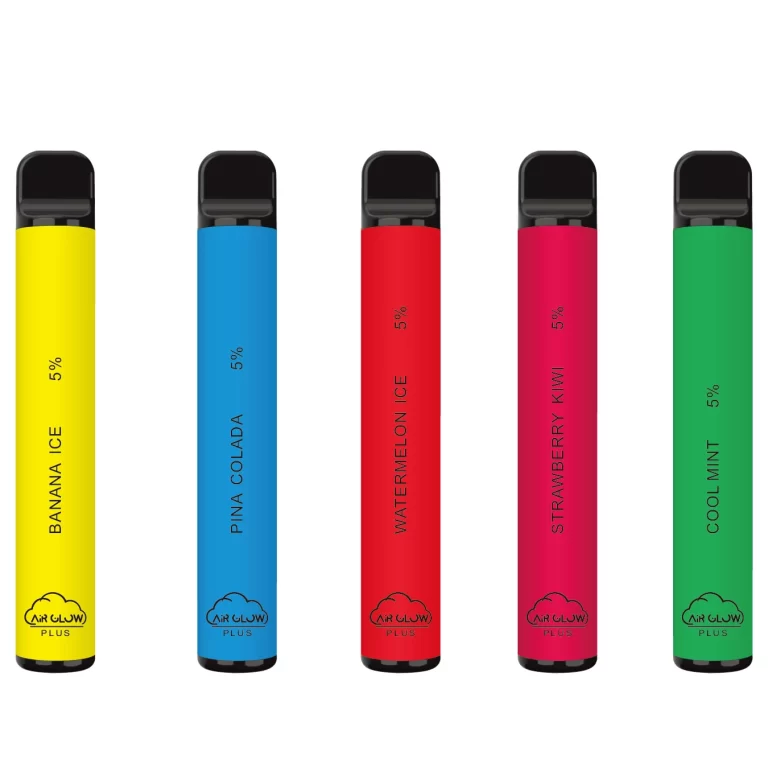Category: Entertainment
Top Tips for Achieving Smooth Sidechain Effects in Your Tracks
In music production, sidechain compression is a common method used in which one sound’s level is lowered to produce a pumping effect when another sound is playing. Electronic music, pop, and other genres routinely employ this effect to improve the mix’s clarity and rhythm. To achieve perfect sidechain effects in your songs, using the right tools is crucial—plugins like the https://slatedigital.com/submerge-sidechain-compressor-plugin/ can greatly enhance your mix.
Choose the Right Compressor Settings
A smooth sidechain effect depends on proper compressor setting choice. Start with a rapid attack time to guarantee the compression kicks in right away as the trigger sound sounds, then change the release time to match the pace of your track. A shorter release will produce a tighter, more rhythmic effect; a longer release can provide a smoother, more gradual volume increase.
Use Ghost Sidechain Triggers
A “ghost” trigger—an inaudible sound that drives the compressor—may help you to keep consistency in your sidechain reaction. This method gives you additional versatility by letting you separately manage the sidechain effect apart from the real audio. Even in cases when the primary sound doesn’t play, a ghost trigger might guarantee the sidechain pumps constantly.
Fine-tune the threshold and ratio
The sidechain compression is implemented with an aggressive degree depending on the threshold and ratio parameters. Use a low ratio (around 2:1) and a higher threshold for a modest effect. Reducing the threshold and raising the ratio will help to provide a more marked pumping effect.
Reaching smooth sidechain effects calls for a strong awareness of EQ changes, compressor settings, and trigger selections. To achieve this, using tools like the https://slatedigital.com/submerge-sidechain-compressor-plugin/ can be invaluable, as it offers precise control over the dynamics and impact of your mix. These pointers will help you produce a polished, businesslike sound that improves the dynamics and groove of your tracks.
How to Choose the Right Venue for Your Birthday Party or Event?
Are you planning to host a birthday party or event soon? The venue sets the tone for your party and can affect everything from guest attendance to the overall enjoyment. We’ve got some tips on choosing the perfect venue for your party.
Consider Your Budget
Selecting a venue is determining your budget. Knowing afford will help narrow down your options and guide your decision-making process. Keep in mind that some venues may require additional costs beyond rental fees, such as catering or decorations.
Think About Location
When it comes to location, consider birthdays at Mango’s accessibility for guests and transportation options. If most attendees are coming from out of town, choose a destination near airports or train stations with easy access to public transportation services like buses or subways.
Consider parking availability if guests will be driving themselves. Choose an event space with ample parking or one where valet services are available at reasonable rates.
Capacity Matters
A critical factor when choosing a venue is capacity make sure it has enough room for all guests comfortably. It’s essential not only providing enough seating but also ensuring there’s adequate space to move around freely without over crowdedness.
A too-small site makes people feel cramped while an overly large one looks empty and impersonal, neither of which encourages interaction between attendees who may not know each other well yet.
Aesthetics Are Important
The ambiance plays an essential role in setting up the mood of any gathering therefore, aesthetics should be considered when choosing an event space too.
First impressions matter significantly more than we think they do if someone walks into a drab-looking ballroom decorated with outdated disco lights instead of sleek modern ones with thoughtful details like plush sofas arranged strategically around small groups facing each other rather than scattered haphazardly throughout corners far away from everyone else chances are slim they’ll enjoy themselves as much at either place compared against somewhere that looks visually stunning.
Flexibility Is Key
Many times unforeseen circumstances occur during events having flexibility within the venue helps ensure that these situations won’t ruin festivities. For example: suppose inclement weather forces outdoor parties indoors selecting sites capable of accommodating both scenarios ensure smooth transitions between spaces without disrupting anyone’s experience whatsoever.
There might also come instances where last-minute changes need making due to unexpected hiccups such as cancellations by vendors etc., so always keep backup plans ready just in case anything goes wrong unexpectedly anywhere along its path leading up until ShowTime arrives.
Services Offered by Venue & Staff Attitude Matter Too.
Yet importantly- take note of whether the site offers essential amenities such as restrooms fountains lots etc., most notably clean facilities since no one likes using unhygienic toilets strewn everywhere. Also worth considering is if the staff is friendly their attitude towards attending guests hugely impacts the overall experience positively depending upon how well-taken care of everyone feels throughout the time spent there.
Based on true incidents Telugu crime movie Odela Railway Station
Most people like to watch Telugu crime thriller movies. But what if the movie is based on a true story? It will surely increase your curiosity to watch the movie and learn about the incidents. Odela Railway Station is one such Telugu movie with a story based on actual events.
Do you like to find a platform where you can watch many crime thriller movies Telugu? Then it is time for you to take an aha subscription. In the aha-OTT platform, you can find a separate section for Telugu crime thriller movies which you can watch any time you want. It is currently streaming a collection of top crime thrillers in Telugu.
The cast of Odela Railway Station
The main cast members of this movie are Hebah Patel as Radha, Pujita Ponnada as Spoorthi, Vasishta N Simha as Tirupati, Sai Ronak as IPS officer Anudeep, Naga Mahesh and Gagan Vihari. All the cast members have perfectly played their roles, especially the investigation that Anudeep did.
The story of Odela Railway Station
The movie starts with the story of a village named Odela, wherein all newly married women get killed by a serial killer. People of that village start to think that there is some kind of evil present in that village which is the cause of all murders. Later a young IPS officer who is a trainee is assigned the case to find the culprit of all those murders and to stop it from happening again. The movie continues with his investigation, where he has to suspect each of the villagers.
Odela Railway Station highlights
The primary highlight of this movie is that it is based on true incidents in a village named Odela in 2022. The murders – serial killings happened in that village, and Ashok Teja, inspired by that incident, directed the movie Odela Railway Station. The movie is full of suspense and twists that will increase the audience’s curiosity in finding the true culprit. Odela Railway Station is also liked by many viewers and is a psycho-thriller.
Watch the new crime thriller Odela Railway Station in aha
Are you planning on watching the Odela Railway Station movie? Then there is no better place than the Telugu-leading OTT platform aha. Aha is an all-in-one online platform where you can find a list of Telugu movies, including the latest crime thrillers, Tv shows, and web series. But you have to take an aha subscription to watch all its content.


















